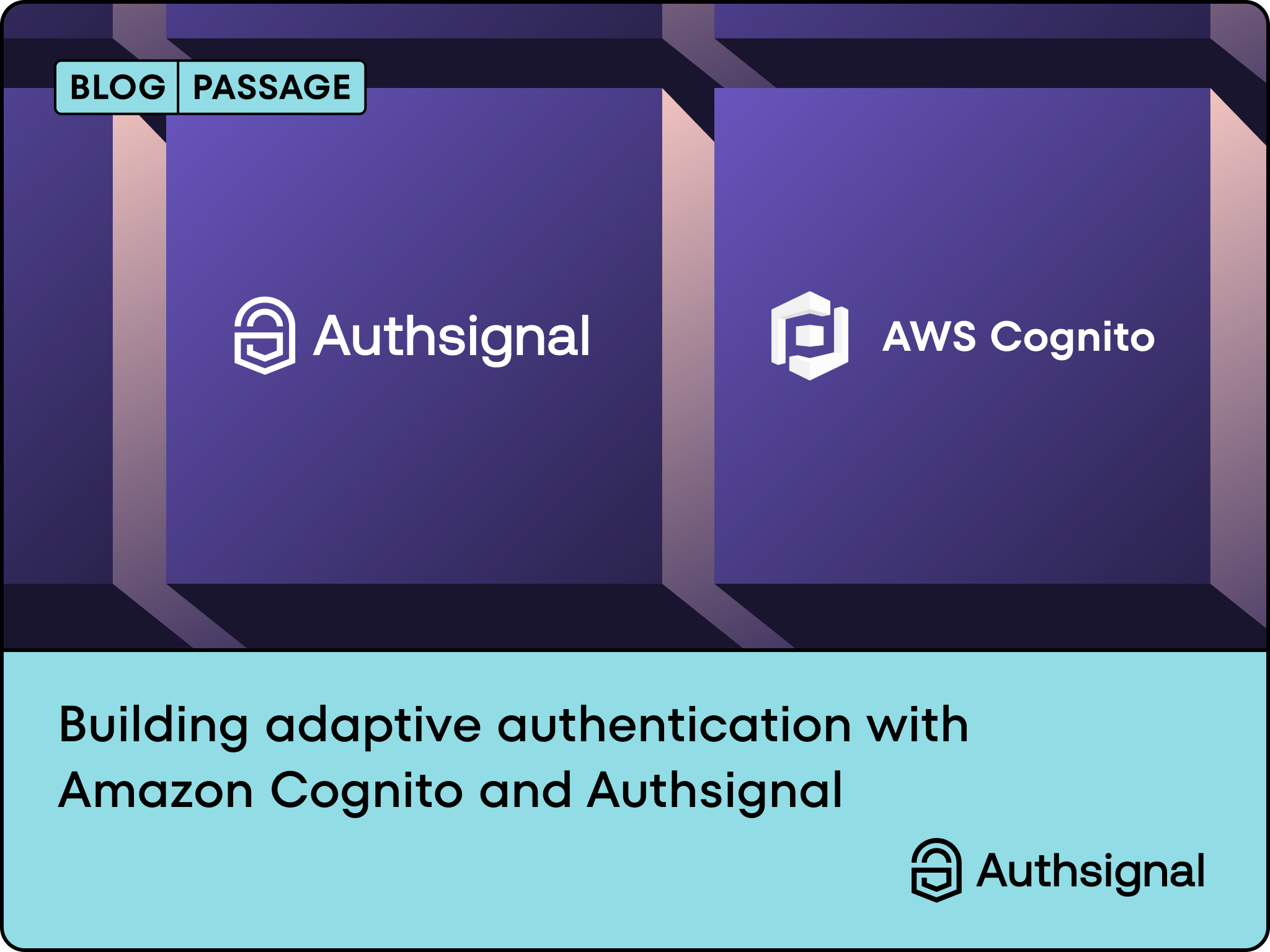Unlock seamless customer flows with Authsignal's risk-based authentication. Deliver strong security that adapts intelligently, optimizing user experiences for frictionless journeys without compromising protection.


















.svg)
.svg)


Complex rule logic is now easy to interpret, so you can:





Most guardrails
Most flexibility


Faster to implement
More time required
Create a free account for full access and begin integrating immediately.
Start integrating

Follow our step-by-step guides to get up and running without friction.
Explore docs

Access our exclusive private Slack channel for tailored advice and real-time support from our team.
Support

Plans start at just $349 per month, or connect with sales for enterprise solutions tailored to your needs.
Explore pricing



.svg)
Risk-Based Authentication (RBA) is an authentication approach that evaluates the risk level of an action by an end user, e.g., a login attempt or transaction, based on various factors designated by the business, such as user behaviour, device information, location, transaction amount, and more. By analysing these factors, Authsignal enables businesses to dynamically adjust authentication requirements for the user, applying stricter measures (e.g, Passkeys only or where no passkeys are available, 2-step multi-factor authentication is required) for high-risk activities while allowing seamless experiences for low-risk ones.

.svg)
Yes, Authsignal supports the creation and ingestion of custom data points, like third-party risk scores, transaction amounts, currency, or token types. Custom data points can be created at the rule level in our no-code rules engine.

.svg)
Yes. Authsignal is designed to layer on top of your existing identity solutions, enhancing them with adaptive / risk-based authentication.

.svg)
Risk-based authentication can help businesses satisfy in-country regulation requirements where step-up authentication or a risk-based approach is mandated in specific industry verticals, e.g., Financial services, verifying identity or transaction approval for high-value transactions.

.svg)
Risk-Based Authentication (RBA) evaluates the risk of each login using signals like device, location, transaction amount, and risk score. It responds by allowing, blocking, or requiring MFA only when needed.
Adaptive Authentication is a broader authentication strategy using risk and context to dynamically adjust the entire login or transaction experience, like switching auth methods or skipping steps for trusted users.
In short:
Risk-based authentication is often a key part of adaptive authentication systems.

.png)
.png)